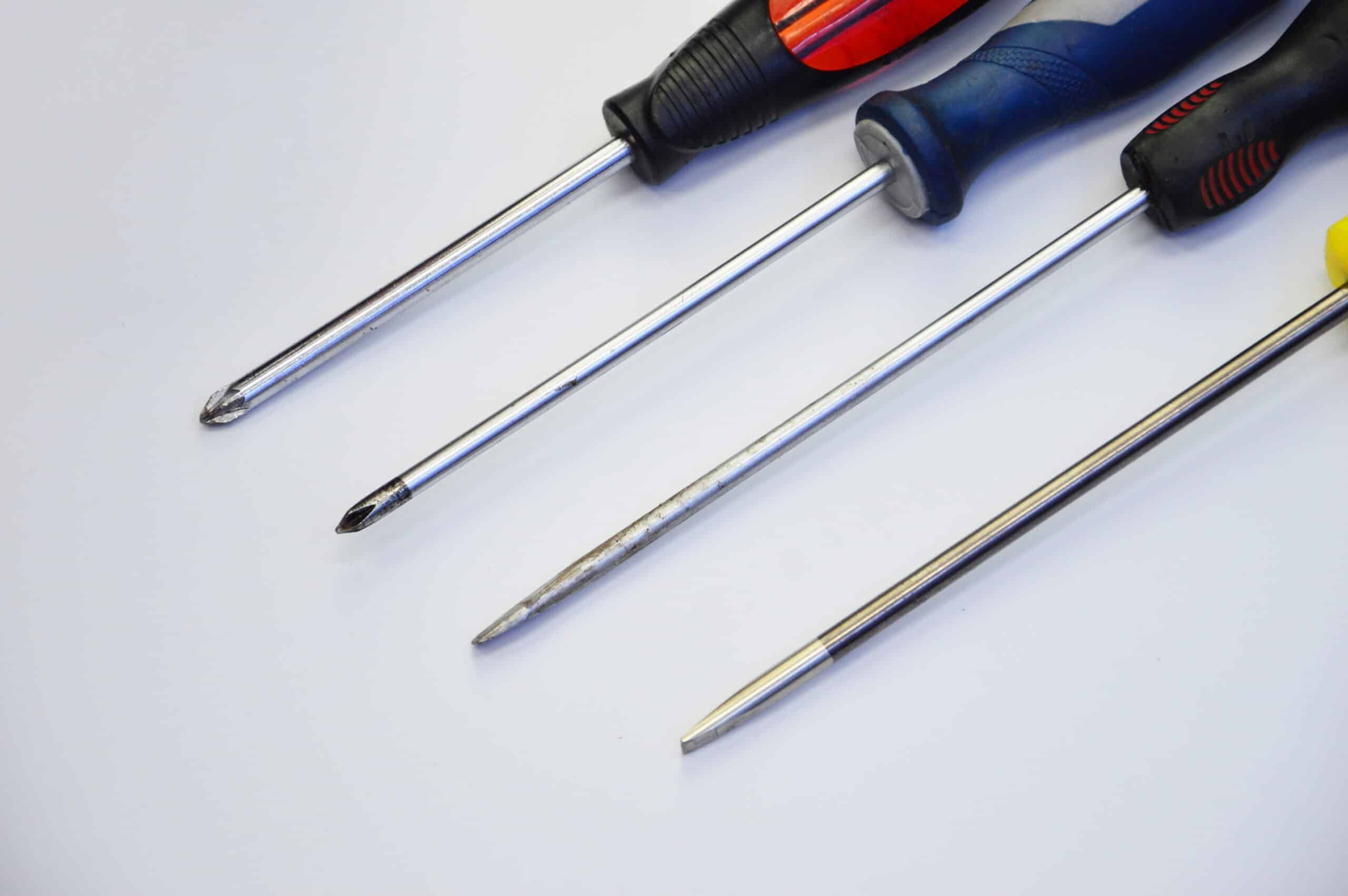How to Make Your Screwdriver Magnetic?
Key Takeaways
- A magnetized screwdriver can attract and hold screws, making work easier and more efficient.
- There are multiple methods for magnetizing a screwdriver, including using a magnet, a battery, or a commercial magnetizer tool.
- Magnetizing a screwdriver can greatly improve efficiency and precision when working with screws.
Have you ever struggled with dropping screws or struggling to hold them in place while working on a project? If so, you may find it helpful to magnetize your screwdriver. A magnetized screwdriver can attract and hold screws, making your work easier and more efficient. In this article, we will explore different methods for magnetizing a screwdriver, providing you with the knowledge to make your own screwdriver magnetic.
Method 1: Using a Magnet
One of the simplest and most common methods to magnetize a screwdriver is by using another magnet. Here’s how you can do it:
- Start by obtaining a strong magnet. A neodymium rare earth magnet with a pull force of ¼ pound to 1 pound is recommended.
- Wipe any dirt or debris from all metal parts of the screwdriver to ensure a clean surface.
- Hold the screwdriver in one hand and the magnet in the other.
- Slide the magnet slowly along the tool’s metal shaft from the handle to the tip, repeating the motion several times. Make sure to move the magnet in one direction only.
- After several passes, give the screwdriver a quarter turn and repeat the process four times.
- To test the strength of the newly magnetized screwdriver, touch it to a screw to see how well it lifts and holds the fastener.
It’s important to note that the magnetization should last for at least three months. To demagnetize the screwdriver, simply reverse the direction in which you drag the magnet along the shaft, going from the tip to the handle.
Method 2: Using a Battery
If you don’t have a magnet on hand, you can magnetize a screwdriver using a battery. Here’s how:
- Strip the insulation from both ends of a piece of wire.
- Coil the wire around the screwdriver shaft 10 to 20 times.
- Attach the wire ends to a household battery by touching one end of the wire to the positive terminal and the other end to the negative terminal.
- Leave the screwdriver connected to the battery for 20-30 seconds to generate a magnetic field.
After the desired time, remove the wire from the battery and test the screwdriver’s magnetism on metal screws. If the magnetism is not strong enough, repeat the process with more wire coils or a longer duration on the battery.
Method 3: Using a Commercial Magnetizer Tool
For those who frequently need a magnetized screwdriver, investing in a commercial magnetizer tool can be a convenient option. These specialized tools are designed specifically for magnetizing screwdrivers and other small tools. Here’s how to use one:
- Insert the screwdriver tip into the magnetizing slot or chamber in the tool.
- Follow the instructions provided by the manufacturer to magnetize the screwdriver.
- Once magnetized, test the strength of the screwdriver by touching it to a screw to see how well it attracts and holds the fastener.
Commercial magnetizer tools are widely available online and in hardware stores, making it easy to find one that suits your needs.
Method 4: Using a Hammer
If you prefer a more hands-on approach, you can magnetize a screwdriver using a hammer. Here’s what you need to do:
- Tape the screwdriver horizontally with the tip pointing north.
- Lightly hammer the tip of the screwdriver multiple times.
By striking the screwdriver tip while it is aligned with the Earth’s magnetic field, you can induce magnetism in the metal. However, it’s important to note that this method may not produce as strong of a magnetic field as the previous methods.
Conclusion
Magnetizing a screwdriver can greatly improve your efficiency and precision when working with screws. Whether you choose to use a magnet, a battery, a commercial magnetizer tool, or a hammer, the process is relatively simple and accessible. By following the steps outlined in this article, you can make your own screwdriver magnetic and enjoy the benefits of easy screw handling. So, the next time you find yourself struggling to hold onto a screw, try magnetizing your screwdriver and experience the difference it can make in your projects.
Related Websites:
FAQs:
Q: What is a magnetic screwdriver and how does it differ from a regular screwdriver?
A magnetic screwdriver is a tool that has a magnetic tip, which attracts and holds screws. Unlike a regular screwdriver, it prevents dropped screws and allows for improved accuracy while working.
Q: What are the benefits of using a magnetic screwdriver?
Using a magnetic screwdriver offers several benefits. It prevents dropped screws, saving time and frustration. It improves accuracy by holding screws securely. It is particularly useful for DIY projects, electronics, and automotive repairs.
Q: How can I make a screwdriver magnetic?
There are several methods to make a screwdriver magnetic: 1) Using a magnetizer/demagnetizer tool, which magnetizes the screwdriver tip. 2) Utilizing a strong magnet to magnetize the screwdriver. 3) Employing magnetic tape or adhesive to make the screwdriver magnetic.
Q: How do I maintain a magnetic screwdriver?
To maintain a magnetic screwdriver, handle it with care to prevent damage to the magnet. Avoid exposing it to excessive heat or strong magnetic fields. If the magnetization weakens over time, you can use method 1 or 2 mentioned earlier to re-magnetize the screwdriver.
Q: Why is having a magnetic screwdriver important?
Having a magnetic screwdriver is important because it saves time and frustration by preventing dropped screws. It improves accuracy, making tasks easier and more efficient. Whether you’re doing DIY projects, electronics, or automotive repairs, a magnetic screwdriver is a valuable tool.





